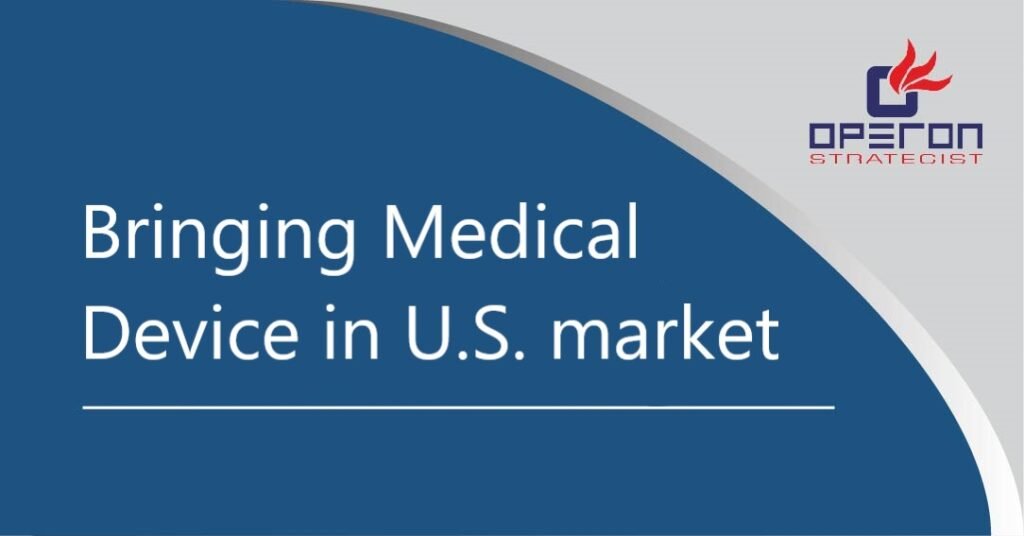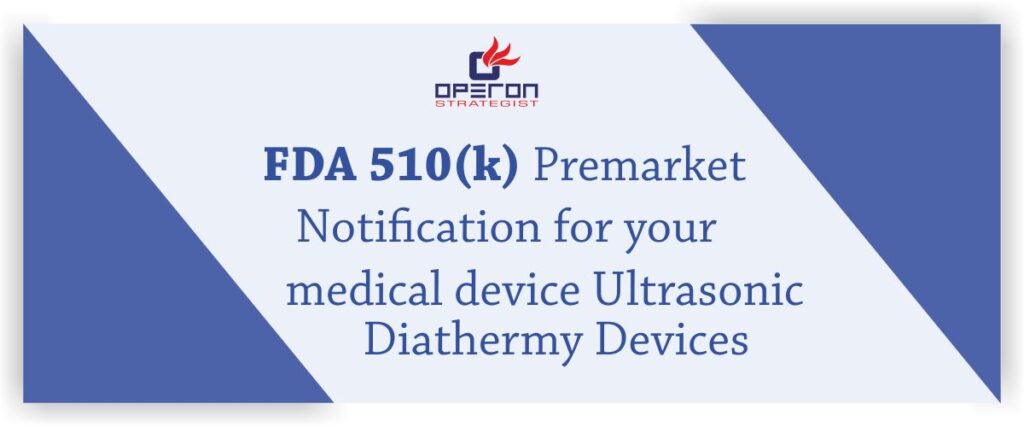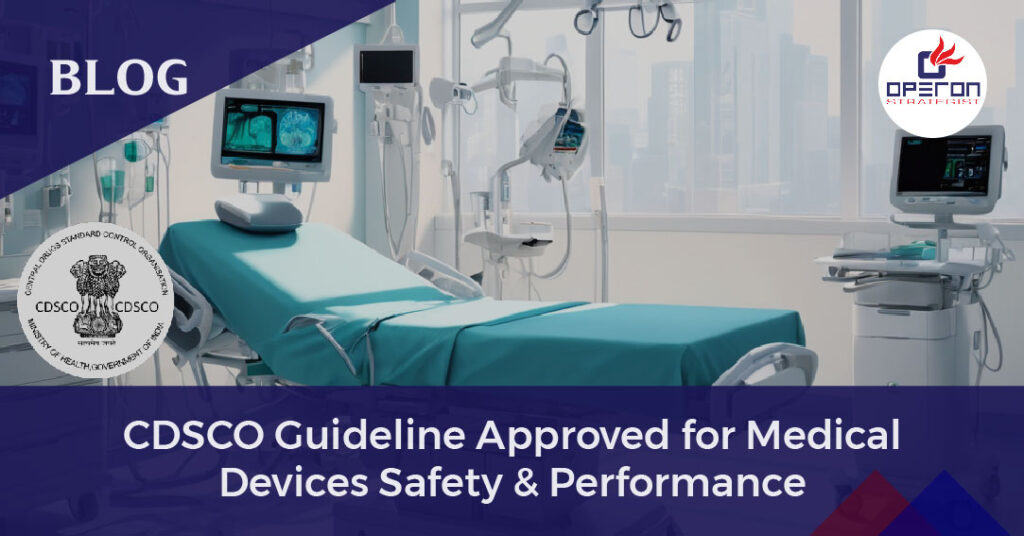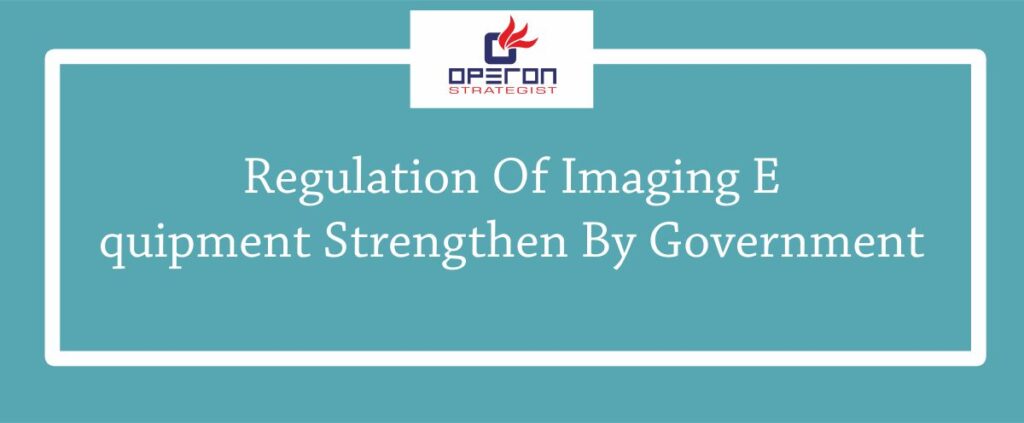In recent years, the medical device sector has seen great innovation and growth, with more than 200 million medical devices in use worldwide. For businesses looking to bring medical devices to the US market, this growth comes with significant risks and obstacles, notably on the legal front.
Introducing medical devices into the US market can be a complex procedure that necessitates an awareness of FDA criteria and processes. There are several elements to consider, including medical device classification, premarket document production, and submission to the Food and Drug Administration. Being familiar with the process and the FDA’s ever-changing advice can help companies get items to market more quickly and efficiently.
The Process for Bringing Medical Device in U.S Market:
The steps listed below must be followed by FDA recommendations and regulations:
Looking For a Medical Device Regulatory Consultant?
Let’s have a word about your next project
A] Determining the US classification:
The Food and Drug Administration (FDA) controls medical device regulations in the United States; specifically, a branch of the FDA called the Centre for Devices & Radiological Health (CDRH) classifies medical devices into one of three categories:
Class I (low to moderate risk): general controls.
Class II (moderate to high risk) includes general and special controls.
Class III (high risk): General controls and pre-market approval (PMA).
The Medical Device classification determines the sort of submission required for clearance, hence it is critical to understand your device’s class. Device classification has a significant impact on project timelines and costs.
Most Class I devices are exempt from premarket submission, although some still require a 510(k).
With a few exceptions, most Class II devices require a 510(k) submission and FDA authorization before being marketed. You’ll need to demonstrate considerable equivalence with the “predicate device.” As an FDA 510(k) clearance consultant, we help our clients prepare dossiers for submission.
Class III devices will require a premarket approval application (PMA). Companies must conduct a clinical trial to achieve this. This information will be utilized by the FDA to assess device safety and efficacy.
Another method that is gaining popularity among device manufacturers is the “De Novo pathway”. This is another method for securing market approval for Class I and II devices in the United States. Only qualified gadgets are considered “novel” and must not be classified in FDA categories. To qualify for this pathway, the device must also be considered low or moderate risk.
So, how will you identify your individual device’s classification in the United States?
The FDA Product Categorization Database is a valuable resource for establishing device categorization. On the FDA Product Classification Database, you can search by product codes, device names, review panels, and many other criteria. The results of that search will give you a lot of information to assist you design a regulatory approach that is appropriate for your product.
B] Identifying the correct premarket submission:
Class I devices are simple and pose minimal risk to the user. They are subject to the same regulatory regulations as medical devices and do not require any premarket submissions.
Class II devices have a moderate level of risk, and they all require a premarket notification (510(k) filing) before being legally marketed. This category may include devices such as pregnancy testing kits, intravenous kits, sutures, and powered wheelchairs. These technologies are crucial for health care, but a malfunction is unlikely to cause serious injury to a patient.
Class III devices include implantable pacemakers, blood vessel stents, and other implanted devices. Class III devices are considered the most dangerous to patients since any issues with the device could result in serious consequences. Before being marketed in the United States, Class III devices must be submitted for a PMA.
The goal of a 510(k) submission is to provide the FDA with documented evidence that your medical device is substantially equivalent to a predicate device that has already been approved for marketing by the FDA. To demonstrate substantial equivalence, you must compare and contrast your device with the predicate device. While laboratory testing is typically required, human testing is rarely required for 510(k) submissions. Your 510(k) submission requires information from your established Design Controls process, including intended use, indications for use, design inputs, and design verification.
The FDA processes 510(k) applications in 30-90 days. In other circumstances, back-and-forth conversations can last for a long time, delaying clearance. PMA criteria are significantly higher than 510(k) submissions, and the FDA has only 180 days to accept or reject the application. PMA is more extensive than a 510(k) and is meant to demonstrate that a novel product is safe and effective for the end user. It often includes clinical trials with human participants as well as laboratory testing. Another alternative is the De Novo pathway, which is a classification process that uses risk-based criteria to approve innovative and novel products for sale in the market. Companies that use the De Novo approach rarely qualify for 510(k) clearance. Because corporations do not demonstrate equivalence to a predicate device, they must be prepared to defend their rigorous risk mitigation strategy when submitting a De Novo request.
C] Prepare a Premarket Submission:
To make a premarket submission, you must first understand what information is required. Design controls, nonclinical testing, clinical evidence, and labeling are all significant considerations depending on the classification of your device. When working on Design Control Design and Development Planning, user needs, design inputs, design outputs, design verification, design validation, design reviews, design changes, and design history file details should be prioritized.
High-risk devices, for example, need significantly more thorough information. Risk management. Risk planning and risk assessment data, including clinical and usability data, are followed by reduced risk devices that can be cleared using non-clinical performance data and bench test information.
D] Submission to the FDA.
After compiling the material, submit it to the FDA for evaluation, along with an electronic copy. A 510(k) or PMA submission has an associated cost. The FDA will subsequently undertake an administrative review to assess if the application is adequately comprehensive. The FDA review duration ranges from 90 to 180 days, depending on the device class and premarket submission type.
E] Create registration and device listings:
After receiving premarket approval, the next step is to register the device’s establishment and list it with the FDA. Obtaining clearance on a 510(k) does not necessarily grant you authority to begin selling your product. Companies must register their medical device and/or facility in each country where they intend to sell. Companies that manufacture and distribute medical devices must register with the FDA every year. Furthermore, many countries around the world demand registration or licenses before selling your product within their boundaries. Your chosen distributor might be a valuable resource for learning about registering in several countries.
F] Post-Market Surveillance:
The FDA has launched Med-Watch (The FDA Safety Information and Adverse Event Reporting Program) as a web-based platform to facilitate post-marketing surveillance in the United States. On this portal, medical device developers can report any failures, reported dangers, or non-conformance issues that occur while using the device. The FDA also conducts independent post-market surveillance.
Introducing a medical product to the US market is not a simple undertaking. It can be unexpectedly intricate and challenging for new device developers. However, by employing a strategic plan from the start, medical device businesses can reduce stress and ambiguity in their process, increasing the likelihood of success in bringing their medical product to market. The medical device market in the United States provides excellent opportunities for companies to handle the numerous requirements and multi-step procedures. Understanding the procedure can help during the submission process and in bringing medical devices to the US market more successfully. As a medical device regulatory consultant, we provide advice to manufacturers at every stage.
How Can an Operon Strategist Help Achieve FDA Compliance and Market Success for Medical Devices?
Discover how Operon Strategist utilizes its deep expertise in US FDA regulations to navigate the complexities of the 510(k) submission process. Learn about our extensive support in European countries such as Germany, France, the UK, Italy, Netherlands, Spain, Switzerland, Belgium, Austria, Sweden, and more, ensuring seamless regulatory approval for your medical device entry into the US market. Contact us today to begin your journey toward FDA compliance and market success.
- adminhttps://operonstrategist.com/author/admin-2/
- adminhttps://operonstrategist.com/author/admin-2/
- adminhttps://operonstrategist.com/author/admin-2/
- adminhttps://operonstrategist.com/author/admin-2/




